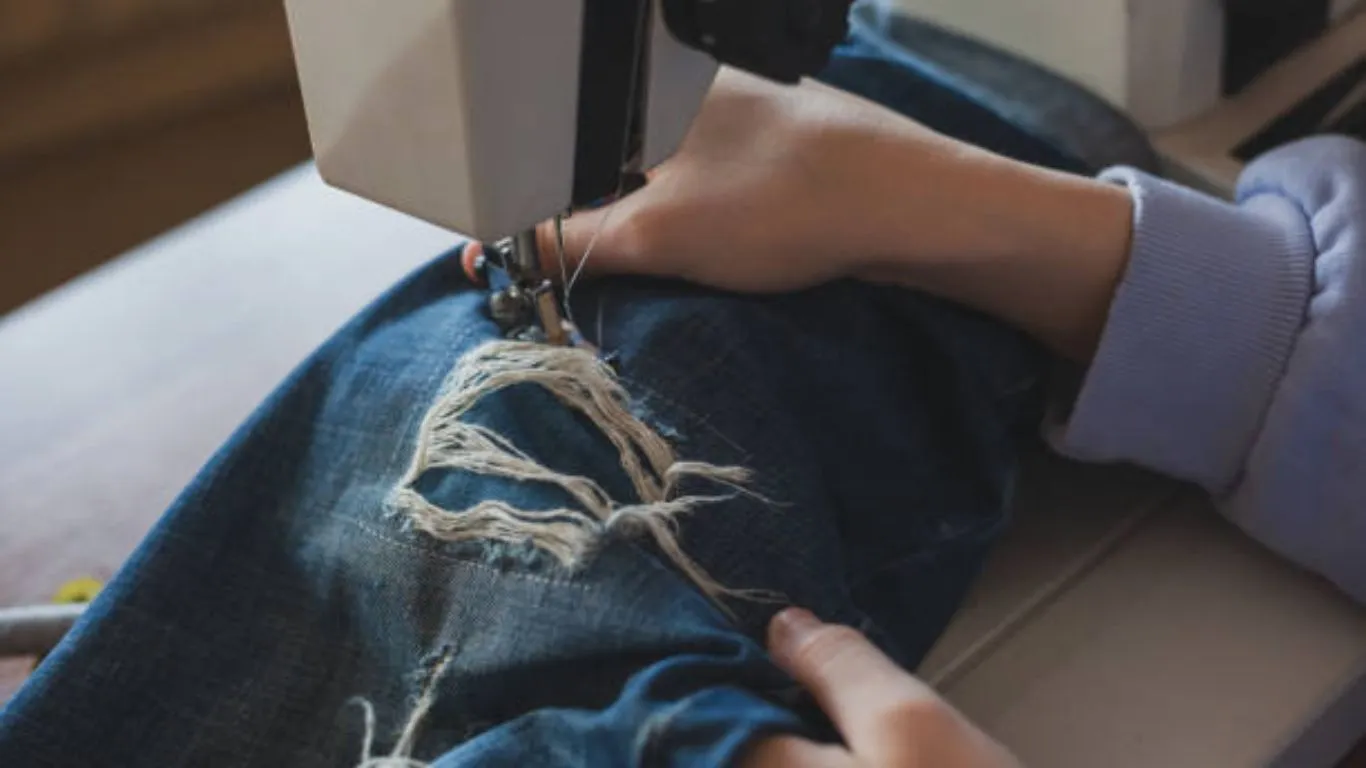How to Sew a Dress: The Complete Beginner’s Guide
Sewing your own dress can be a rewarding and creative endeavor, especially for beginners diving into the world of garment construction. In this step-by-step guide, we’ll walk you through the process of creating a beautiful and simple dress. Whether you’re a sewing enthusiast or a complete novice, follow these instructions to craft a cute and stylish outfit.
Step 1: Select Your Pattern and Fabric

The first crucial step in creating your dream dress is choosing the right dress pattern and fabric. Consider your style preferences, the occasion for the dress, and your sewing skill level. Fabrics like cotton blends, delicate silk, or even double-brushed poly can be perfect for different styles.
Step 2: Prepare Your Pattern
Once you’ve selected your pattern, familiarize yourself with it. Pay attention to details like seam allowances, dart placements, and any unique features. Ensure you have the correct size reference and cut out the pattern pieces accordingly.
Step 3: Prepare and Cut Out Your Fabric
Lay your pattern pieces on the fabric, ensuring the grainline is aligned correctly. Take note of raw edges, as they play a crucial role in the overall finish of your dress. Cut out the separate pieces, considering fabric requirements and any additional tips for your chosen material.
Step 4: Mark and Sew Darts
Mark and sew bust darts to give your dress a tailored fit. Consider using French seams for a clean finish, especially if you’re working with flimsy fabrics.
Step 5: Sew the Back Zipper
For an invisible zipper, follow the instructions carefully to create a hidden closure. This detail adds a professional touch to your garment.
Step 6: Sew the Shoulder Seams
Connect the front and back of your dress by sewing the shoulder seams. Ensure a neat and secure stitch to support the structure of the dress.
Step 7: Prepare the Neckline Facing

Prepare the neckline facing by cutting the appropriate pieces and interfacing them. This step is crucial for achieving a polished and durable neckline.
Step 8: Attach Neck Facings
Carefully attach the neck facings to the dress, ensuring the edges are aligned correctly.
Step 9: Press and Under Stitch Neck Facing
Press the seams and under stitch the neck facing to ensure a crisp finish that lays flat against the body.
Step 10: Sew Side Seams
Connect the front and back of the dress by sewing the side seams. Take your time to match the seams accurately.
Step 11: Prepare the Armhole Facings
Similar to the neckline, prepare and attach armhole facings to ensure a clean and professional look.
Step 12: Attach the Armhole Facings
Secure the armhole facings in place, paying attention to the curves for a smooth finish.
Step 13: Finish Back Neckline
Complete the back neckline, making sure it aligns seamlessly with the zipper.
Step 14: Secure the Facing Edges
Secure the facing edges to prevent any unravelling and maintain the overall integrity of the dress.
Step 15: Hem the Dress
Finish your dress by hemming the bottom. Consider the desired length, whether it’s a maxi dress for warm summer days or a cocktail-length dress for special occasions.
Now, you’ve successfully crafted a beautiful dress using a simple dress pattern. Feel free to experiment with different fabrics and styles as you gain confidence in your sewing projects. Remember, the key to a stunning dress lies in attention to detail, precision, and a touch of your unique style.
Craft your own gorgeous dress and unleash your creativity with this simple dressmaking project. Happy sewing!
Conclusion
Embarking on the journey of sewing your own dress is a rewarding experience, and by following the steps outlined in this guide, you’ve taken the first step towards creating a beautiful garment. From selecting the right pattern and fabric to mastering essential techniques like seam allowances and dart placement, each phase contributes to the overall success of your dressmaking project.
FAQs
Fabrics like cotton blends, delicate silk, or double-brushed poly are great choices. Consider your style and the occasion when making your selection.
Seam allowances ensure that you have enough fabric to sew the pieces together. They play a crucial role in achieving a clean and polished finish.
Absolutely! While the guide provides general steps, feel free to adapt them to your chosen dress pattern. Ensure you follow the specific instructions for your pattern.
Darts contribute to the fit and shape of the dress. Follow the pattern instructions for sewing darts to achieve a tailored and flattering look.
An invisible zipper provides a seamless and professional finish to the dress. It creates a hidden closure that enhances the overall aesthetic.
Absolutely! The guide is designed to help you understand the basic steps in dressmaking. Feel free to add your unique style elements or explore different dress styles.



GIPHY App Key not set. Please check settings
One Comment